UM-Flint's Tonietto part of $1.7M study on the impact of native plant lawns
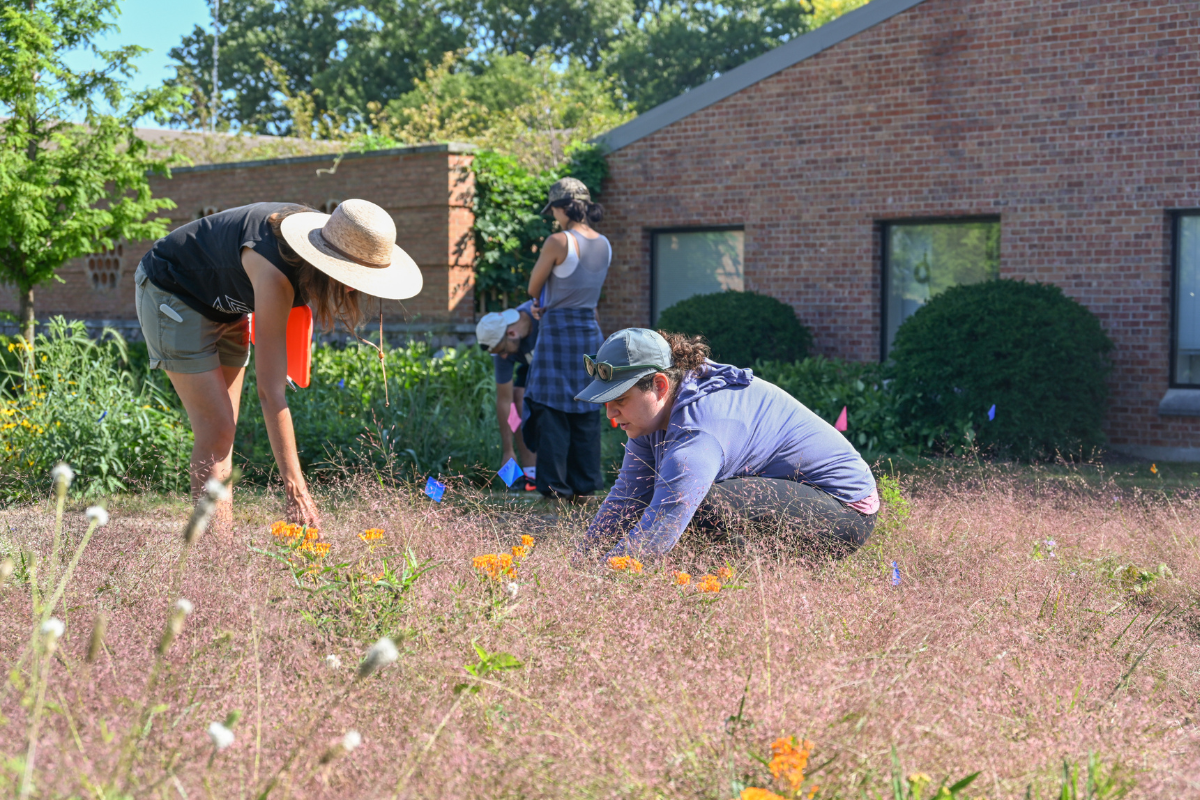
The U.S. National Science Foundation and the Paul G. Allen Family Foundation have announced a $1.76 million grant to Rebecca Tonietto, associate professor of biology at the University of Michigan-Flint, and her collaborators, to study the effects of converting turfgrass lawns into native plant species. The project, titled "Conservation potential of converting urban turf lawns to native plants," will advance knowledge of how the identity of species within ecological communities is shaped and insights can be applied to public and residential areas. This is expected to bolster urban ecosystem services like pollinator support, water filtration, cooling, and carbon sequestration.
"The traditional American lawn, managed in a conventional way, is actively contributing toward climate change. We're trying to find something better, a solution that conserves native plant species, provides resources for species like our native pollinators and contributes to the overall health of our urban ecosystems," Tonietto said. "Our goal is to make our findings widely adoptable by identifying low-growing, aesthetically pleasing native plants that either bloom consistently to provide food for pollinators or serve as an alternative to non-native grasses."
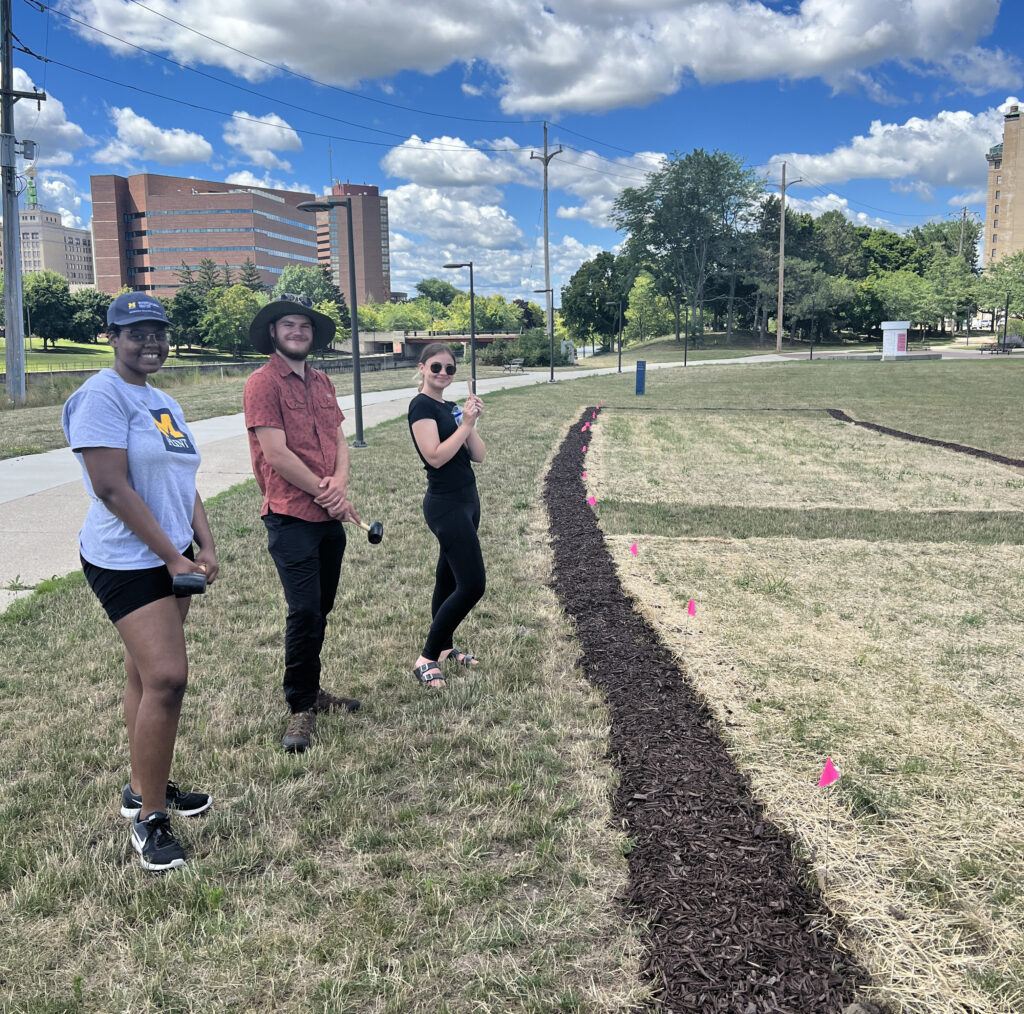
Tonietto is a co-principal investigator on the project alongside Rebecca Barak, conservation scientist with the Chicago Botanic Garden, Liz Anna Kozik, a postdoctoral researcher at the Chicago Botanic Garden and Lauren Umek, project manager for the Chicago Parks District. The research will be conducted during a five-year period on the UM-Flint campus in addition to seven park locations throughout Chicago and the Chicago Botanic Garden.
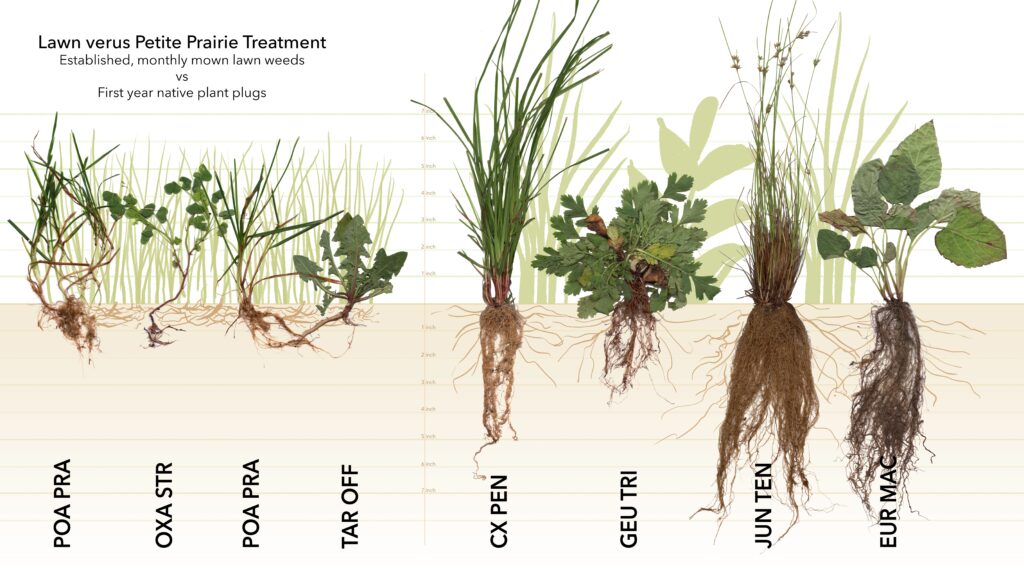
A number of UM-Flint students have served as research assistants on this project. Undergraduate students have earned a paycheck while gaining invaluable experience through UM-Flint's Undergraduate Research Opportunity Program, while graduate-level learners have taken advantage of graduate student research assistantships. Rose Menzies, who is earning a master's in biology, is one such student. She has been traveling to the Chicago research sites to study stormwater infiltration–the process by which rainfall and runoff flow into the subsurface soil.
"The most meaningful part of working on this project is its collaborative nature. I have the chance to work with incredible people who have supported my research from the start. This research is important because it tackles a problem that is often overlooked. I also love educating the public about how they can contribute to restoring their own small ecosystems in their yards," Menzies said. "After graduation, I plan to put my research into action by working in restoration. Additionally, I would like to work in a job where I can engage with the public, because their feedback and education are both vital components of successful conservation efforts."
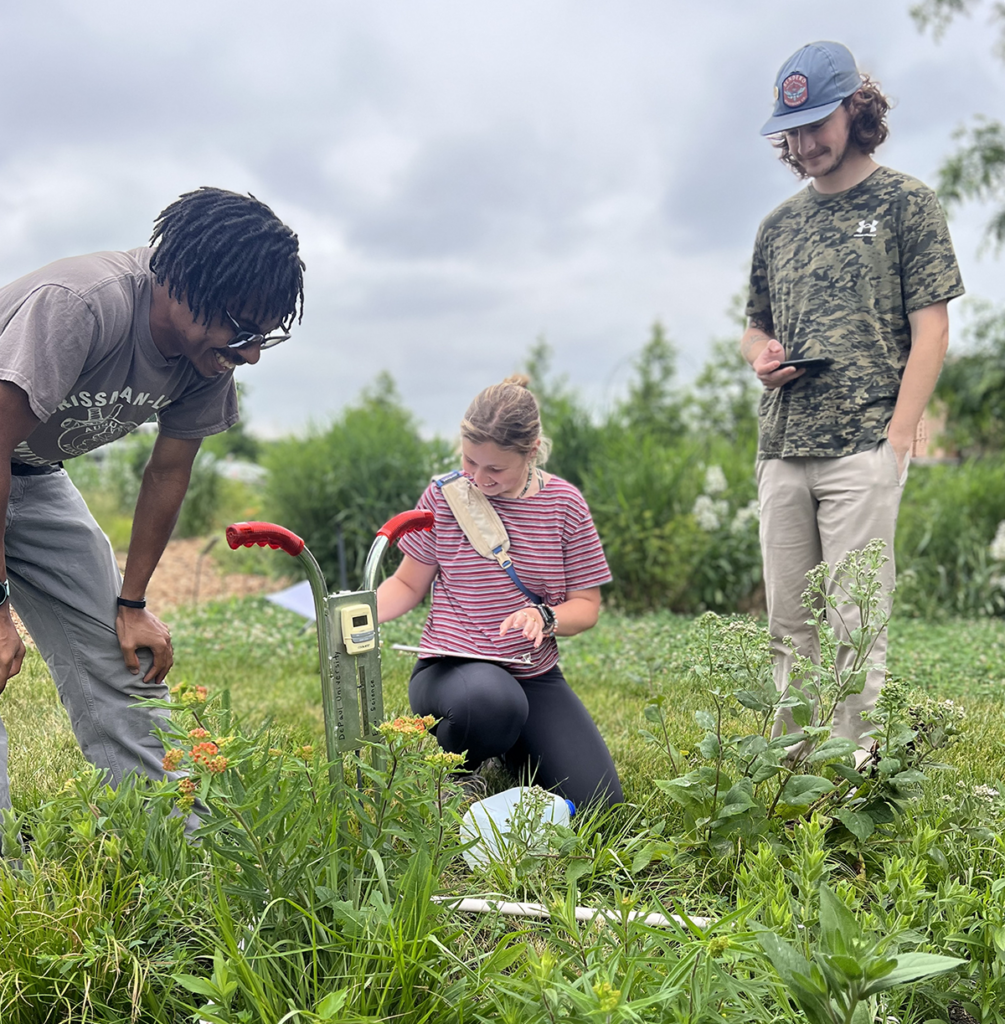
This research is one of 10 projects receiving funding under the Partnership to Advance Conservation Science and Practice program, a first-of-its-kind collaboration between the NSF and the Paul G. Allen Family Foundation, which supports a global portfolio of nonprofit partners working across science and technology solutions to protect wildlife, preserve ocean health, and create lasting change. Now in its second year, the program is designed to catalyze deep collaboration between researchers advancing basic science and conservation partners engaging in on-the-ground conservation.
The projects focus on a range of species—from native Midwestern plants and grizzly bears to Venus flytraps and Hawaiian honeycreeper—and the outcomes will have far-reaching implications for biodiversity and conservation, policy and the economy.
"The fundamental knowledge these projects create, even though related to specific species, will unlock innovative conservation efforts across a broader range of threatened species and ecosystems," said Lara Littlefield, executive director for programs and partnerships at the Paul G. Allen Family Foundation. "For instance, studying whether mosquitos infected with bacteria can limit the spread of malaria among birds in Hawaii could ultimately limit disease spread among other animals more broadly."
Each project extends basic science into on-the-ground conservation to address critical knowledge and data gaps, enabling greater real-world impact to benefit species and ecosystems."The unique partnerships this program creates forge a roadmap to broader conservation action by uniting the skills, expertise and tools needed to address the most urgent threats to our natural world," said Susan Marqusee, NSF assistant director for biological sciences. "These projects also will engage the public, policymakers, law enforcement and others in conservation through education, outreach and other broader impacts."
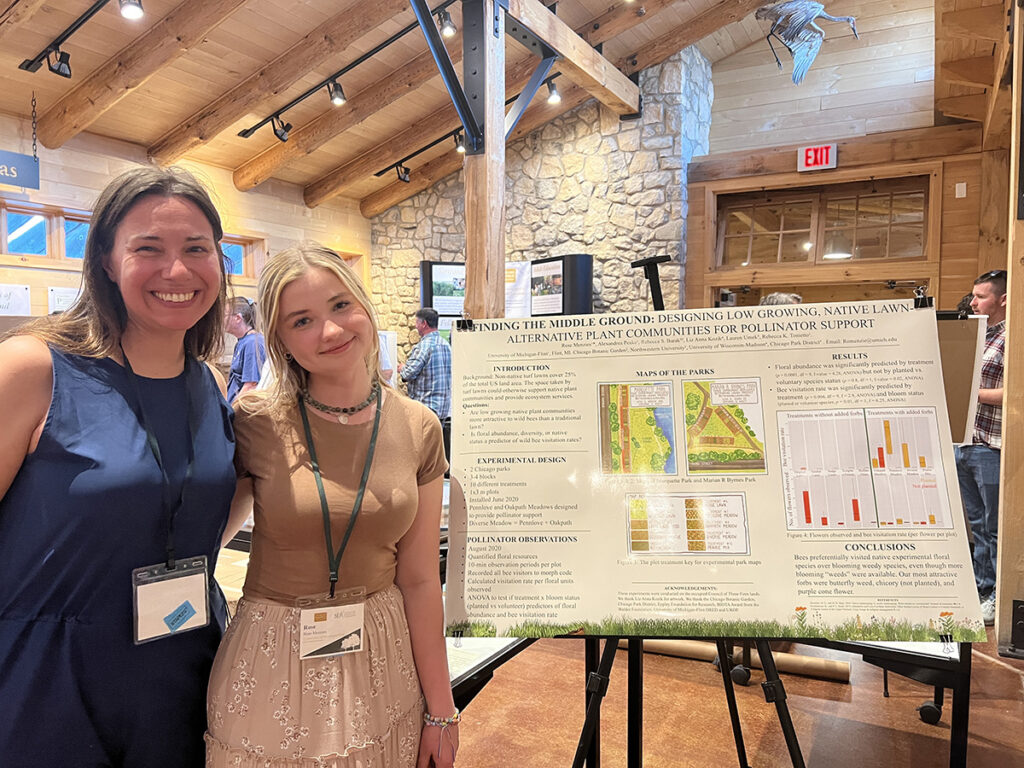
Tonietto believes her team's pragmatic, incremental approach to identifying beneficial alternatives to traditional lawn grasses could result in widespread adoption of their findings – and make a big difference for local ecosystems.
"We understand that not everyone wants a prairie in their front yard," she said. "Maybe a homeowner's association or local ordinance limits what you can plant. Our team's mantra is, 'better is better,' meaning regular people can take small steps that don't require a large investment or commitment to make a positive impact. This research will help people take that first step to choose better plants for the ecology of our communities–plants that are hardy, easy to grow and attractive–without sacrificing what is already important to them."
More information regarding the award can be found on the NSF webpage.
Related Posts
No related photos.
Logan McGrady
Logan McGrady is the marketing & digital communication manager for the Office of Marketing and Communication.